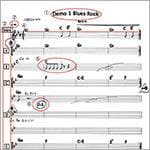The Repro Head(s) section described in this article is a parameter that controls the physical attributes of the playback head and is not installed as a switch or knob on the actual open-reel machine. Many of these parameters are complexly interlocked with other parts, making them only understood by enthusiasts. By the way, there are no physical parameters for recording heads.

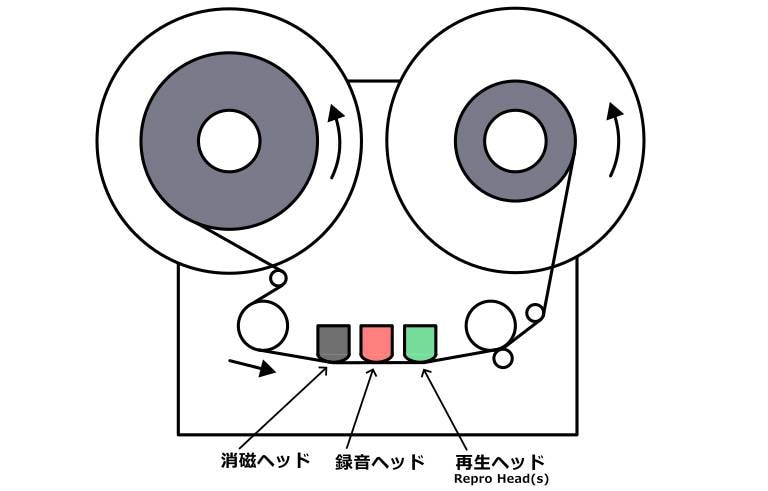
Gap Width 1~5 μm

Gap Width is perhaps the size of the gap known as the gap in the playback head. This is an important part of the tape magnetization and refers to the gap where the core is interrupted. In SATIN, this gap can be adjusted from 1 to 5 micrometers, which is a special parameter that constitutes a design change of the head that is not possible in the actual machine. When Gap Width is small, the high frequency component of hissing tends to be more noticeable.
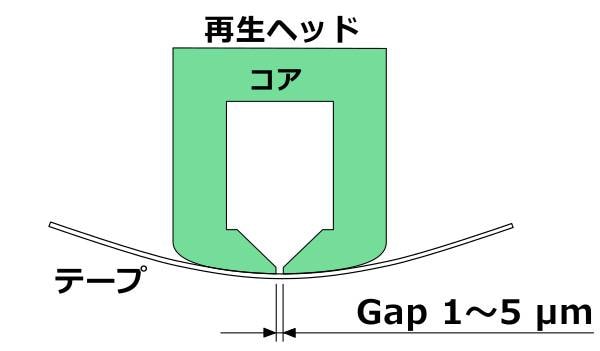
Gap is greatly affected by tape speed, which completely changes the frequency response, so careful setting is necessary. The movie below shows the frequency response when the tape speed is reduced from 30 to 1.87 ips with Gap Width = 5 μm. You can see that the frequency range becomes narrower and the high frequency components are attenuated as the tape speed is reduced.

The video below shows Gap Width = 1μm, and you can see that the narrower Gap Width makes the frequency range more “kamaboko” shaped, and the characteristics are completely different from those shown above.

The Bias amount also changes the frequency response, but not as significantly as the tape speed. It is safe to use the default gap (3μm) to avoid extreme peculiarlities.
Bump 0~100%
This parameter is the head bump, a low-frequency resonance phenomenon caused by the magnetic material of the magnetic tape contacting the head. It is also a parameter that is greatly affected by tape speed.

The video below shows the frequency response when the tape speed is gradually reduced from 30 to 1.87 ips at 100% bump. Resonance is the rise in the low frequency range, and the resonance frequency and level differ greatly depending on the tape speed. When used properly, it provides a different kind of low-frequency control from EQ.

Azimuth

Azimuth refers to the adjustment of the angle of the head relative to the tape, which can also be adjusted on the actual recorder by using a tool. The video below shows a view from above the head to give an idea of the tilt. Ideally, the head and tape should be parallel, but in practice this involves some misalignment. On a real machine, the angle is physically adjusted, but on an emulator, the ideal position is easy to achieve. Therefore, by daring to adjust the angle, it is possible to emulate the actual machine. If the angle is misaligned, a sound cage will occur along with left/right bias. It also affects the tape speed and head gap, so it is quite a complicated story. In delay mode, multiple playback heads are used, so the movement of the Azimuth parameter also changes. This will be explained separately.

Here is a video of Azimuth adjusted from 0 to 2 for a mono sawtooth wave. The left and right channels are misaligned like a delay. At the same time, the edges become rounded and the waveform is slightly deformed according to the displacement. In other words, the tone tends to be slightly caged. If set to the extreme, this disqualifies it from being a high-performance tape recorder, but it’s effective in delay mode.

Equalizer/Preamplifier

Magnetic tape has a wide range of magnetization characteristics from DC to several MHz, but it doesn’t necessarily maintain flat characteristics with ideal sound quality. Its magnetization curve is not a straight line, but a curve with hysteresis. The higher the frequency, the greater the loss, leading to saturation. During playback, the output level increases in proportion to the frequency, but many elements are lost.
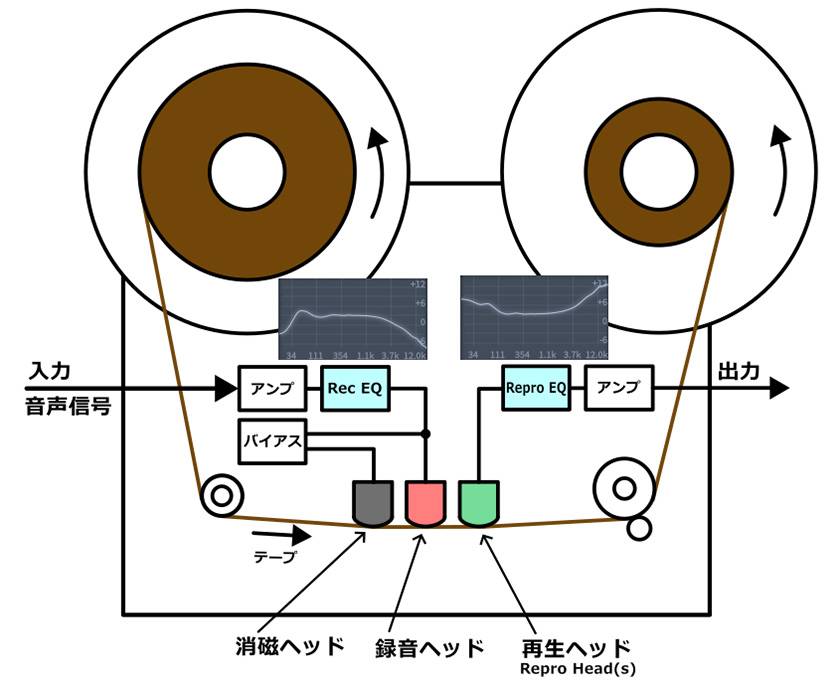
For this reason, the tape deck has two EQs as shown in the figure above, and the input signal is optimized for tape playback and recording, and the input signal is restored and outputted during playback.
The Rec EQ is placed in front of the recording head and lowers the high frequency range to avoid saturation in the high frequency range.
Repro EQ is placed after the playback head and performs the reverse process of the above to restore.
EQ curve characteristics have been determined as a common standard since the 1950s for compatibility. SATIN offers the following: IEC, NAB, AES, and other equalizers to choose from. Normally, recording and playback are of the same type, but with SATIN you can freely combine them.
- Flat: Original SATIN benefit; no actual unit exists without EQ, but you can enjoy the saturation of the high frequencies.
- IEC7.5ips: roll-off at 2275Hz (-3dB point).
- IEC15ips: roll-off at 4550Hz and above. Standard for mastering.
- NAB: Roll-off at 3150 Hz and above. The low-frequency range becomes more powerful.
- AES30ips: Roll-off at 9100 Hz and above. Requires careful input level setting due to low cutoff.
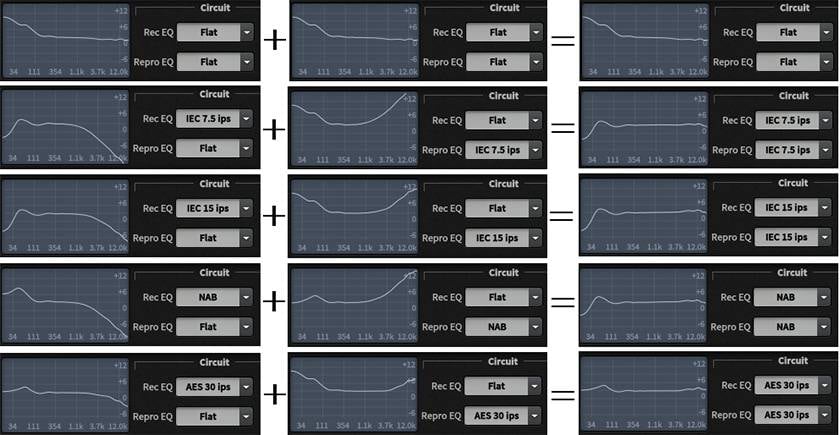
IEC (International Electrotechnical Commission) is the International Electrotechnical Commission, an organization that conducts various standardization activities.
NAB (National Association of Broadcasters) is the National Association of Broadcasters who makes broadcast-related agreements in the United States.
AES (Audio Engineering Society) is an association of audio engineers who specializes in audio technology in the United States.
Headroom
Unlike digital equipment, analog equipment can tolerate inputs above 0 dB. Generally, the range above 0 dB without sound crackling is called headroom. If there is enough headroom, it will resist crackling even if the input level is increased. SATIN allows adjustment from 0 to 18 dB.

The video below shows the sine wave level increased with Headroom set to 6dB. When SATIN is turned on, the sine wave is at 0dB and distortion is already occurring. As I increase the level further, we can see that it never goes above 6dB, and that it deforms like a square wave. Even if the tape goes over the level, it does not clip like digital, but distorts while deforming slightly, resulting in an effect similar to a compressor.

In the next issue, I will discuss noise reduction, one of SATIN's key features.
The “sound & person” column is made possible by your contributions. For more information about submissions, click here.






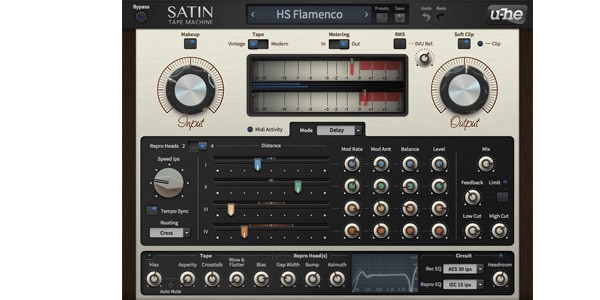
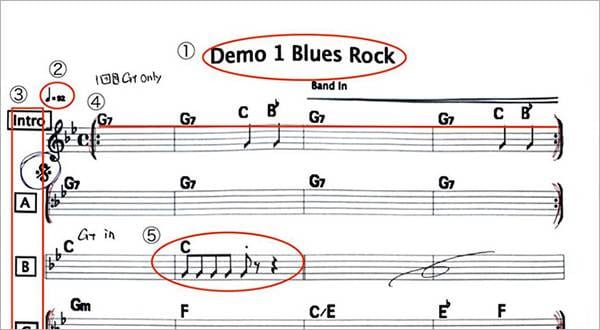




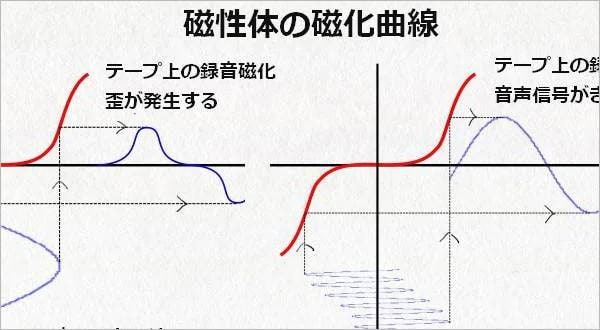
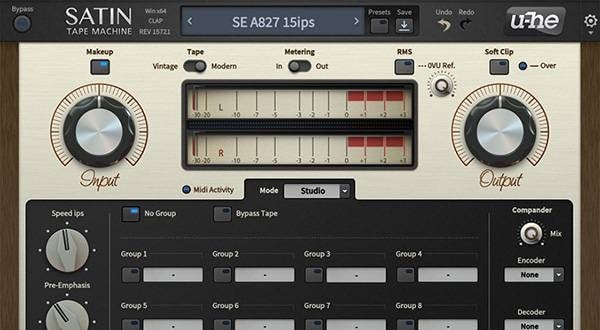


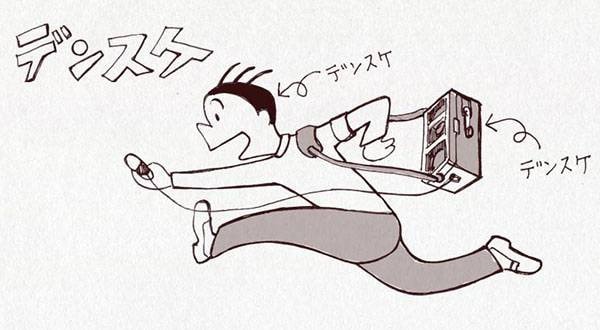
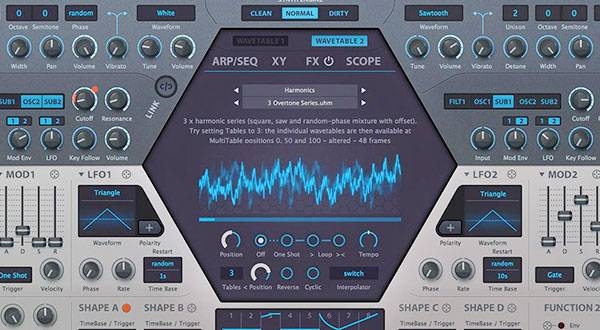
 厳選!人気のおすすめオーディオインターフェイス特集
厳選!人気のおすすめオーディオインターフェイス特集
 DTMセール情報まとめ
DTMセール情報まとめ
 機能で選ぶ オーディオインターフェイス
機能で選ぶ オーディオインターフェイス
 人気スタジオモニター徹底比較
人気スタジオモニター徹底比較
 DTM・DAW購入ガイド
DTM・DAW購入ガイド
